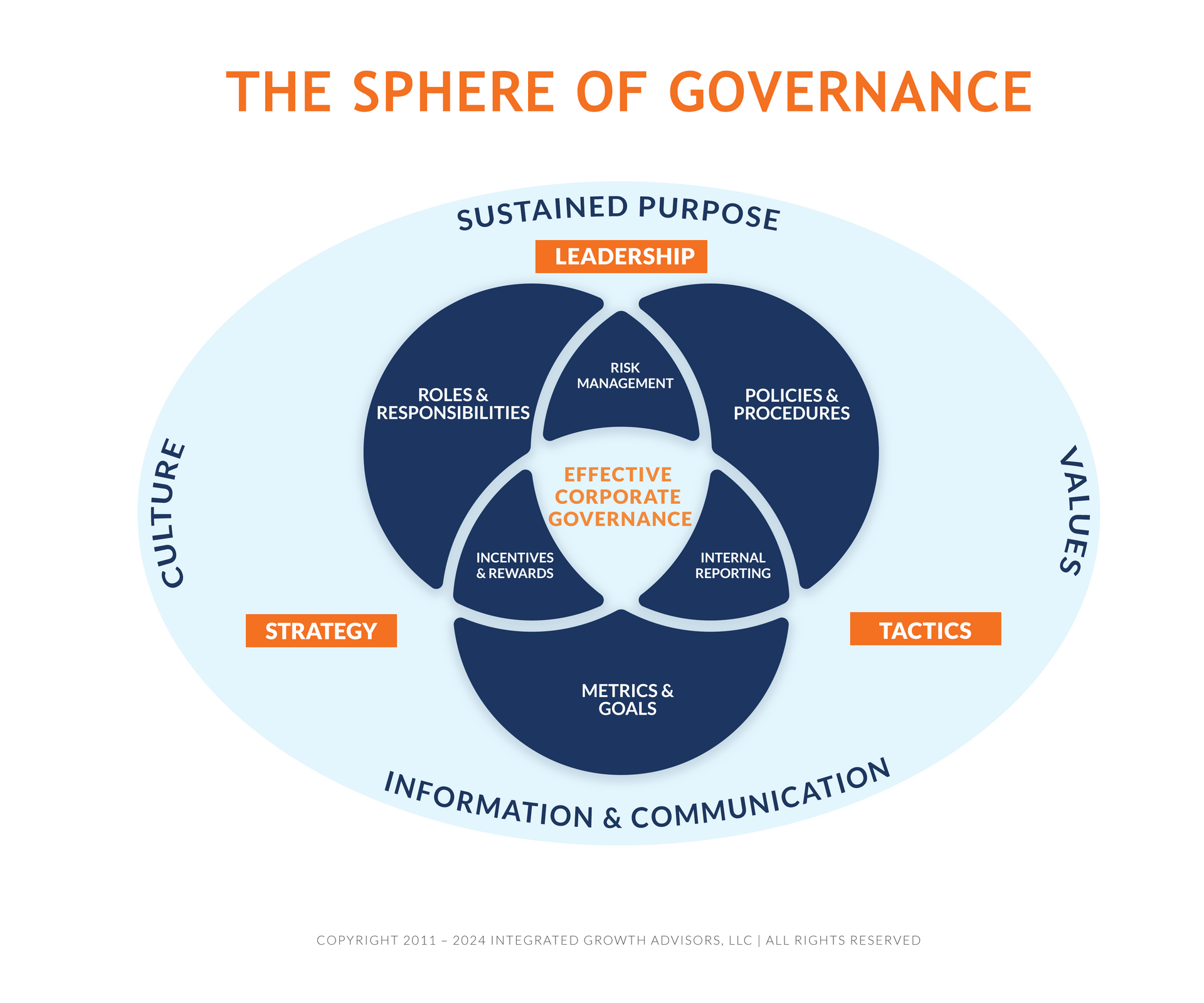Strong Cultures Unify Great Teams
A March Madness primer for corporate teams

Key Takeaways
- Great cultures outperform assemblages of great individual performers.
- A great firm culture will transcend generations of leadership.
- Successful leaders in basketball and in business thrive when they uphold strong values in their organizations.
“Two are better than one if two act as one.” ~ Mike Krzyzewski (aka “Coach K”), winningest college basketball coach of all time.
With the NCAA Men’s Basketball Tournament (aka March Madness) upon us, productivity will take a three-week nosedive on college campuses and in corporate offices. Tens of millions of basketball fans will anxiously check their brackets hourly to see which of their “sure things” and which of their “Cinderella” picks will advance to the next round of the tournament.
No best of seven here. It’s a single game elimination tournament in which little known Valparaiso, Florida Atlantic, Weber State and St. Peters can outplay powerhouses like Kentucky, Kansas, UCLA and North Carolina for 40 minutes and send them packing. Season over.
While athleticism and recruiting budgets are important, the most successful teams in the tourney year after year are those with strong cultures built on trust, communication, and shared values. On these teams, every member of the roster from the stars to the walk-on benchwarmers are valued. Team members respect each other. They work towards common goals. They contribute equally to a positive and winning culture. Leadership, discipline, and a sense of accountability also play crucial roles.
The Chicago Bulls of the 1990s exemplified a winning culture. Led by Michael Jordan and coached by Phil Jackson, their teamwork, mutual trust, and shared commitment to common goals resulted in six NBA championships in eight years. I lived in Chicago at the time and witnessed the Bulls’ remarkable run firsthand.
One key to the Bulls' success was their ability to assign each player a specific role for each game situation. This enhanced the Bulls’ uncanny ability to make the right plays at the right time. But this chemistry was only possible because the players and coaches understood each other's strengths and weaknesses so well and because they were committed to being a team rather than a collection of highly paid individuals.
“After years of experimenting, I discovered that the more I tried to exert power directly, the less powerful I became,” head coach Phil Jackson observed. “I learned to dial back my ego and distribute power as widely as possible without surrendering final authority,” added Jackson, widely credited with introducing Zen leadership into professional sports. Volumes have been written about Jackson’s ability to understand different roles for each player and to share authority without being a control freak -- unusual in the alpha world of professional sports head coaches.
Sustainable winning culture
During the 2000s I lived in Connecticut and witnessed the remarkable success of the University of Connecticut’s men's and women’s basketball programs. The Huskies’ women’s program is one of the greatest in the history of college basketball under the longtime leadership of head coach Geno Auriemma. Meanwhile, the UConn men’s program won five national championships under three different coaches (Jim Calhoun, Kevin Ollie, and Dan Hurley) between 1999 and 2023.
As I write this post, the UConn men are ranked No.1 in the country and well positioned to defend their NCAA championship. Each UConn coach had a unique philosophy, but a shared emphasis on teamwork, discipline, and a commitment to excellence both on and off the court. Both programs are deeply tied to the community. Fans rally behind the teams and continue to cheer on the dozens of Huskies alums who have excelled at the Olympic and professional level.
Then there is Duke University’s basketball program, which won five national championships and made 13 Final Four appearances during Mike Krzyzewski’s 40-year run. The Blue Devils were the last place team in the highly competitive Atlantic Coast Conference when Coach K took over in 1980. He was almost fired after his first five seasons of mediocrity. Despite pressure from the fan base and alumni to axe Coach K, Duke’s athletic director at the time stood by him. He saw the impact that Coach K’s philosophy of (a) always focusing on the “next play,” of (b) developing individuals as part of a cohesive unit, and of (c) stressing how winning is about the process more than the final score, was positively impacting the players and the program.
As with UConn’s teams, Coach K preached integrity, respect, and a commitment to excellence. He felt these values were the keys to winning in life, not just on the court. He also reminded Duke players that they were students first and athletes second. To stay on the team, they had to keep pace with fellow students at one of the nation’s most selective universities despite heavy demands of sports and travel.
In his book Leading with the Heart Coach K introduces the concept of the "Fist" as a symbol for teamwork and unity within a team. He outlines the five fingers of the fist, each representing a key element of a successful team:
- Communication: The thumb represents communication. Coach K emphasizes the importance of open and honest communication among team members. Players need to be able to express themselves and listen to each other to foster understanding and collaboration.
- Trust: The index finger symbolizes trust, which is foundational for any team to function effectively. Team members must rely on each other on and off the court, which leads to cohesion.
- Collective Responsibility: The middle finger represents collective responsibility. Coach K stresses the idea that everyone on the roster is equally responsible for the team’s success (and failure). Each player must take ownership of their role personally and contribute collectively to the overall goals of the team.
- Caring: The ring finger signifies caring. Coach K emphasizes the importance of genuine concern for the well-being of teammates. A team that cares about each other fosters a positive and supportive environment. This enhances individual and collective performance.
- Pride: The little finger represents pride. Coach K advocates for a healthy sense of pride in oneself and in the team's accomplishments. While humility is important, taking pride in one's effort and achievements contributes to a positive team culture.
Coach K believes the fist represents the interconnectedness of each of the five elements/digits. By embracing these principles, teams are cohesive and maximize their potential. How many fingers of the fist does your organization possess?
Organizations thrive when their shared goals and values are followed at all levels. As with the great basketball dynasties discussed above, organizations with a sound culture and purpose can sustain their excellence year after year. As with Coach K’s fist analogy, they have what I like to call “clarity at the core.” As shown in our Sphere of Governance model (below) the core encompasses clarity around roles and responsibilities, policies and procedures, and metrics and goals.

We also encourage our clients to develop a sustained purpose, a unique set of values that support the firm’s culture, and then communicate corporate leadership’s goals and objectives consistently throughout the organization.
Conclusion
“If our culture is properly developed, nurtured, cared for, and watered every day, then in the heat of competition, when you need to slam home a message, an individual or the team collectively will respond well.” ~ Coach K
How is your firm building a winning culture? I’d love to hear about it.
Please contact me at 877-442-4769, x701 |
dmcmahon@integratedgrowthadvisors.com.
Daniel J. McMahon is the Founder & Managing Partner of Integrated Growth Advisors (IGA), a value creation and growth advisory firm focused on empowering business leaders to systematically enhance their revenues, profitability, sustainability, and value. IGA creates sustainability and transferability—and wealth—for business owners by addressing common issues relating to growth, control, and transition of ownership. IGA has been serving clients throughout the United States since 2011.











